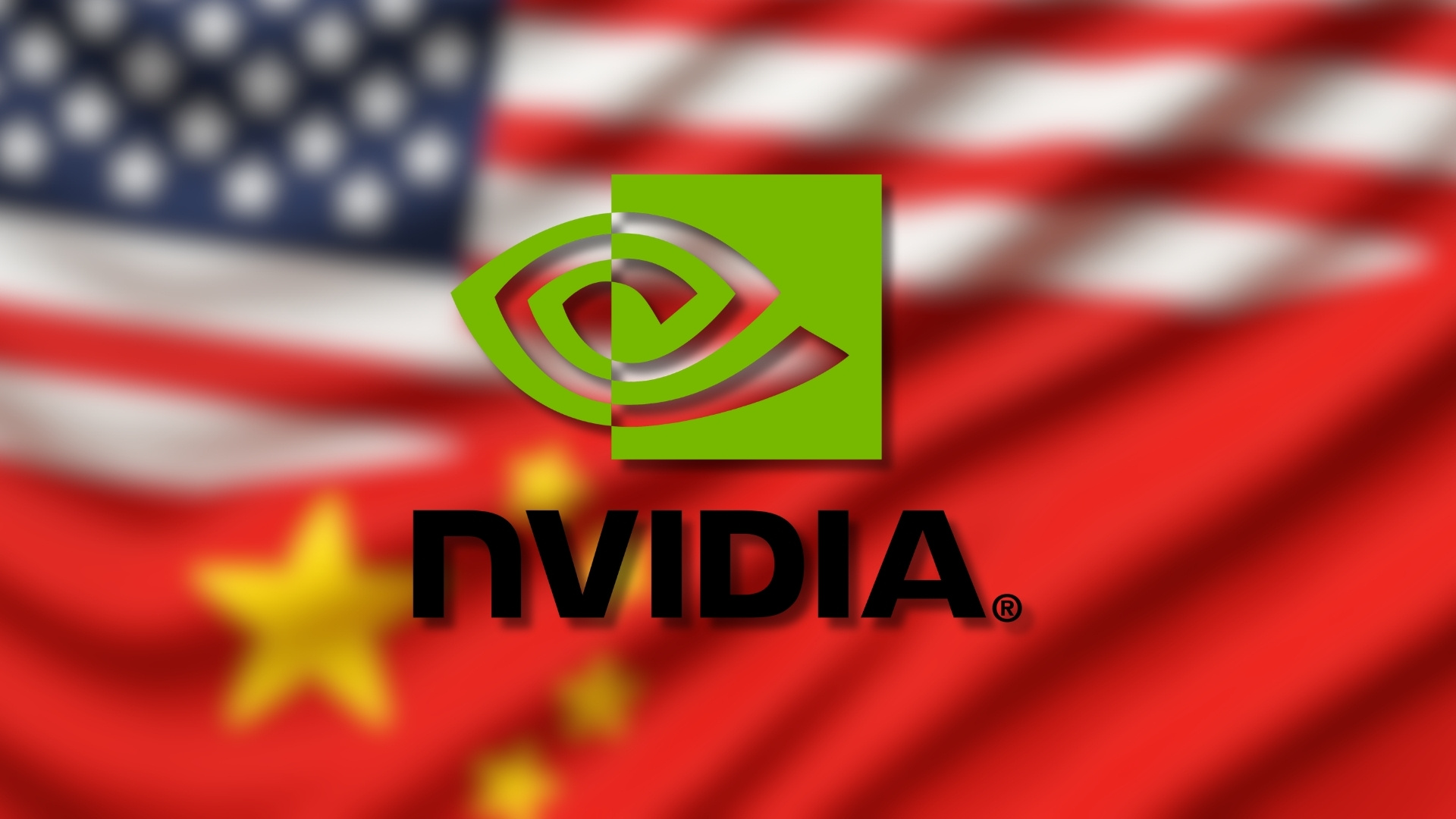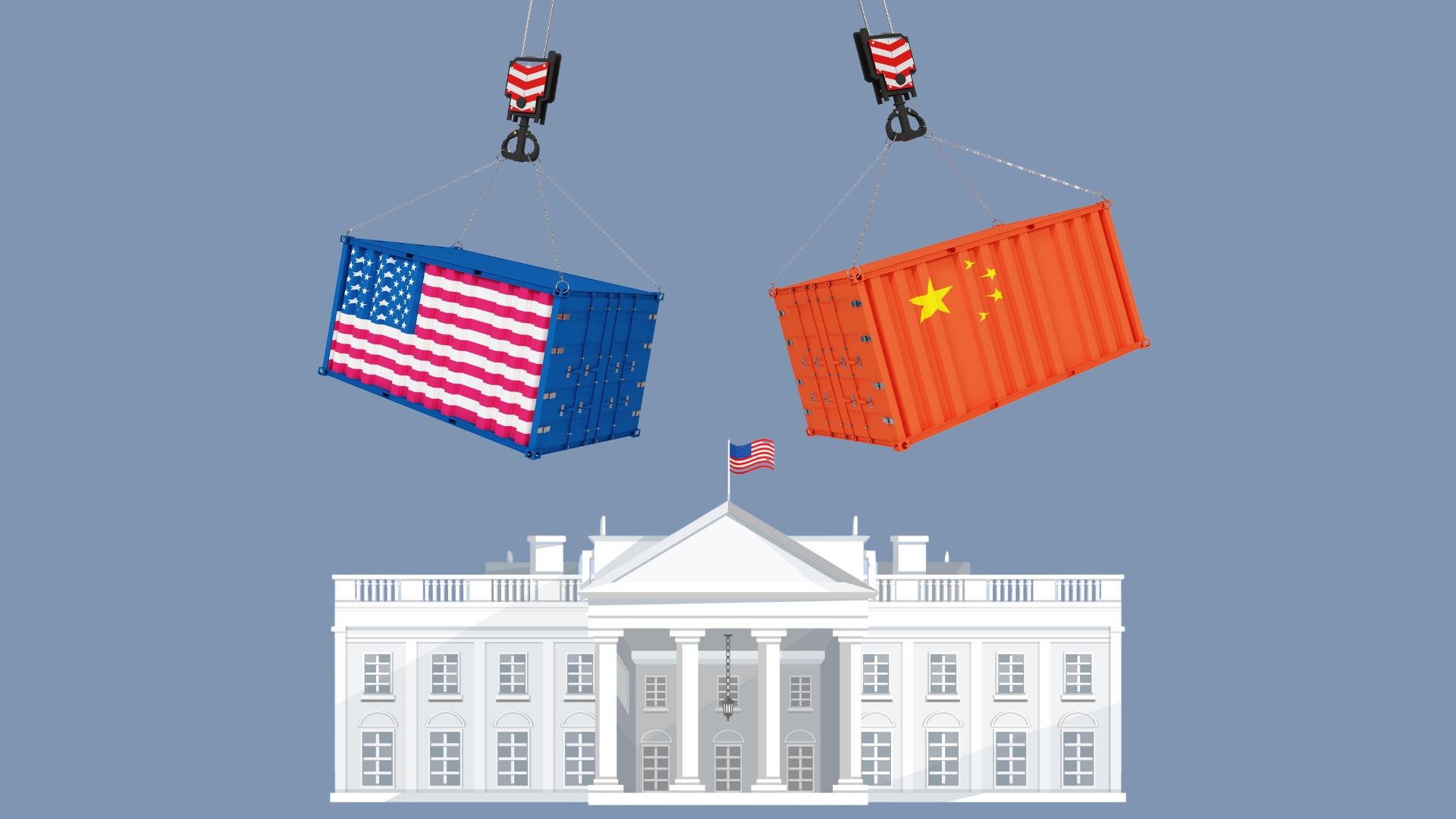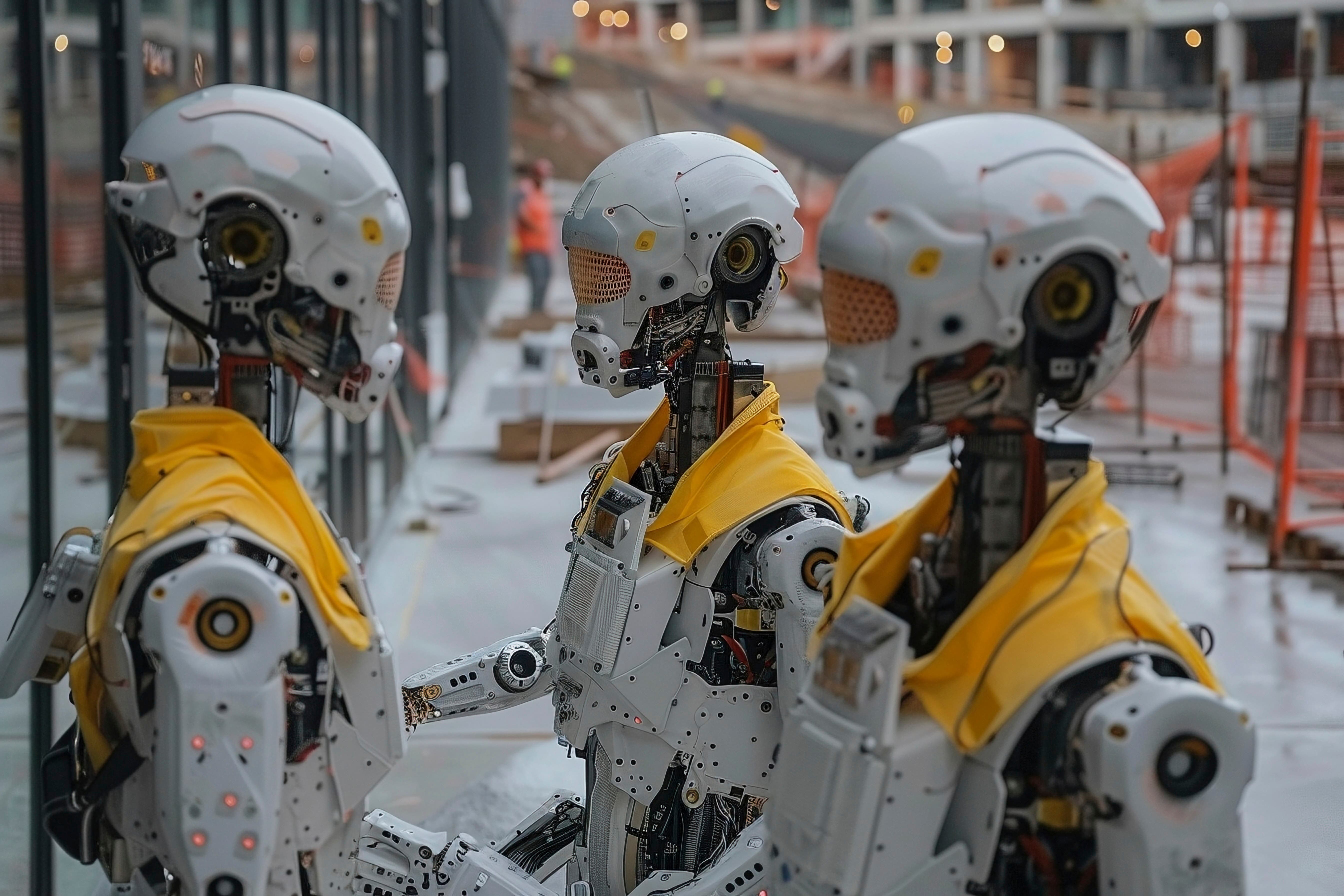Nvidia CEO Jensen Huang said the company is not in active discussions to sell Blackwell-family AI chips to Chinese firms and has no current plans to ship them. He also clarified remarks about the US-China AI race, saying he intended to acknowledge China’s technical strength rather than predict an outcome.
Huang spoke in Taiwan ahead of meetings with TSMC, as Nvidia expands partnerships and pitches its platforms across regions and industries. The company has added roughly a trillion dollars in value this year and remains the world’s most valuable business despite recent share volatility.
US controls still bar sales of Nvidia’s most advanced data-centre AI chips into China, and a recent bilateral accord did not change that. Officials have indicated approvals for Blackwell remain off the table, keeping a potentially large market out of reach for now.
Analysts say uncertainty around China’s access to the technology feeds broader questions about the durability of hyperscale AI spending. Rivals, including AMD and Broadcom, are racing to win share as customers weigh long-term returns on data-centre buildouts.
Huang is promoting Nvidia’s end-to-end stack to reassure buyers that massive investments will yield productivity gains across sectors. He said he hopes policy environments eventually allow Nvidia to serve China again, but reiterated there are no active talks.







